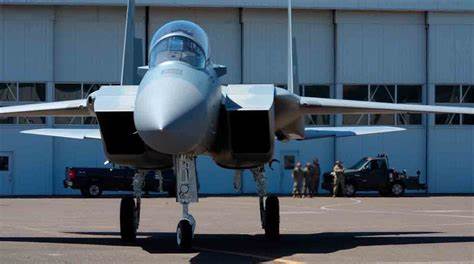
As the sun broke through the Oregon skies, a momentous aviation milestone unfolded at the Portland Air National Guard Base. The 142nd Wing became the first operational unit in the US Air Force to take possession of the F-15EX Eagle II, marking a new era for American air superiority.
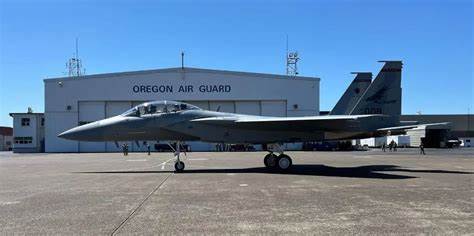
The state-of-the-art fighter jet landed on June 5, 2024, bringing with it cutting-edge technology designed to maintain the United States’ dominance in the skies.
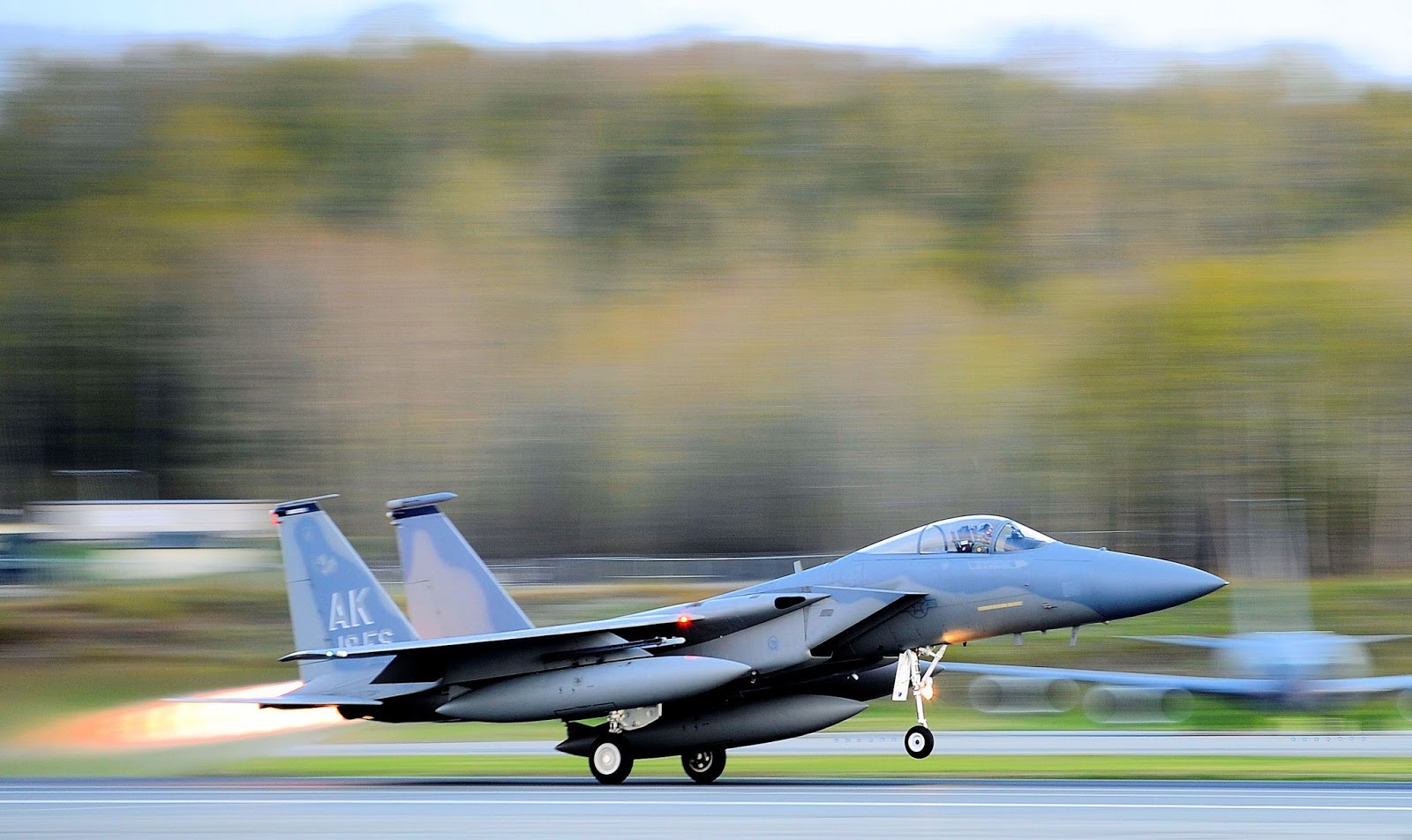
The arrival of the F-15EX Eagle II, also known as EX8, was a much-anticipated event, not just for the 142nd Wing, but for the entire military aviation community.

The Eagle II is tasked with replacing the aging fleet of F-15C/Ds, and for good reason. The F-15EX boasts enhanced capabilities that outshine its predecessors: an AN/APG-82 active electronically scanned array radar, Eagle Passive/Active Warning Survivability System (EPAWSS), a modern glass cockpit with vast digital displays, and a sophisticated fly-by-wire system that augments its weapons stations.
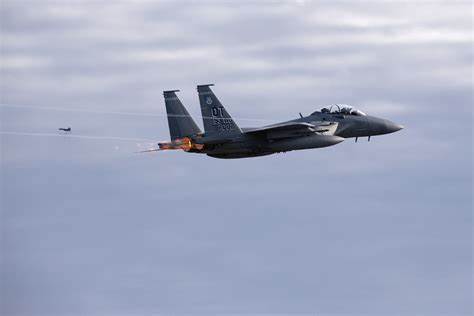
The 142nd Wing’s acquisition of the F-15EX is just the beginning of a transformative journey, with 18 Eagle IIs slated to join the fleet. “We are immensely excited and proud to be able to serve the State of Oregon and protect the Pacific Northwest,” a representative from the 142nd Wing expressed.
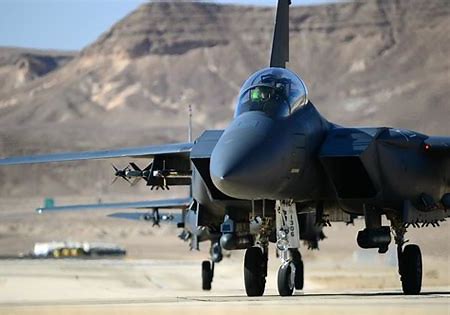
This sense of pride was echoed by Major Knife Conner, who piloted EX8 to its new home, highlighting the jet’s “new radar, a new digital backbone, new engines, an electronic warfare suite, more pylons for munitions, and beefed-up landing gear” for heavier takeoffs and landings.
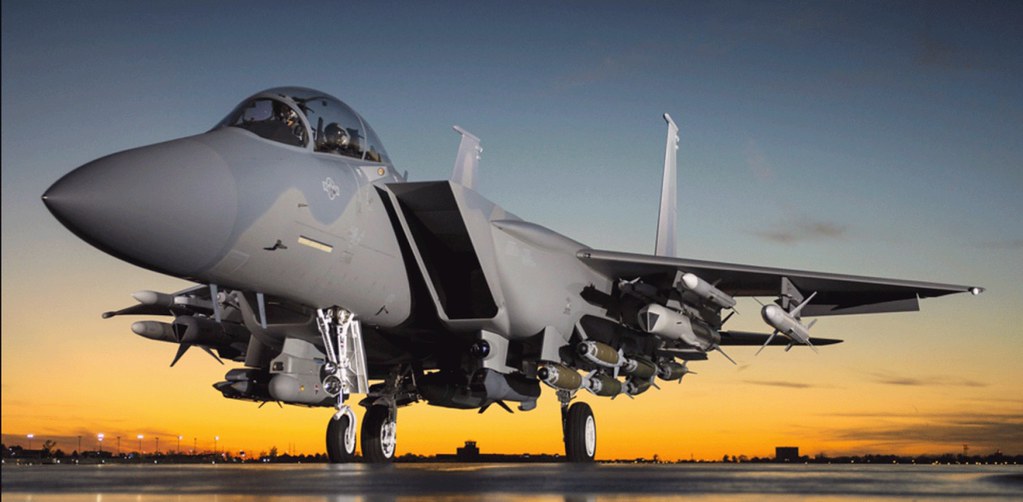
The investment in the F-15EX, costing approximately $95 million per unit, signifies more than just an aircraft upgrade; it represents a comprehensive overhaul of the Oregon Air National Guard’s capabilities.
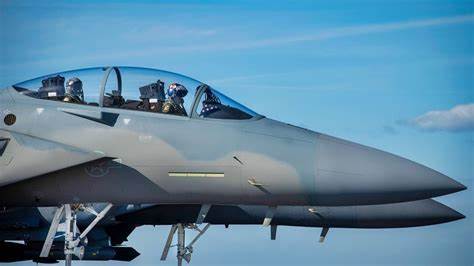
This includes the construction of new training facilities and a state-of-the-art hangar, all part of a multi-million-dollar project adjacent to Portland International Airport.
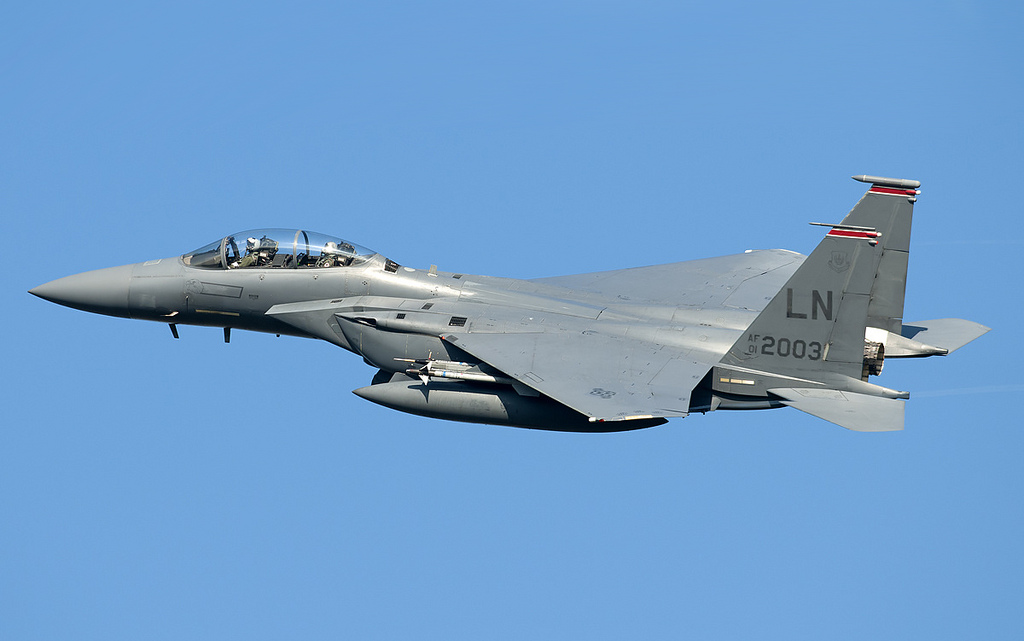
Col. Mike Kosderka, the commander of the 142nd Wing, anticipates a future where the F-15EX not only takes on air-to-air combat roles but also adopts air-to-ground capabilities.

“This airplane has the potential to grow to be multi-role, and have air-to-ground capability as well,” he mentioned, underscoring the jet’s versatility and the strategic direction of the wing.
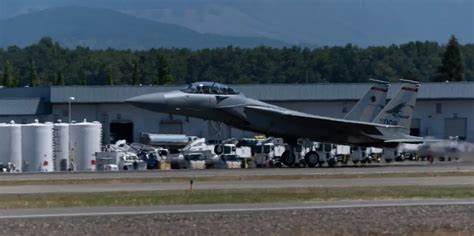
Although the 142nd Wing’s focus is on the operational use of the F-15EX, discussions at higher levels suggest that the Air Force’s plans to acquire a total of 98 Eagle IIs may not be sufficient to maximize their utility.

Congressional interest in increasing the number of F-15EX jets and debates over the future of the F-15E fleet are already surfacing.
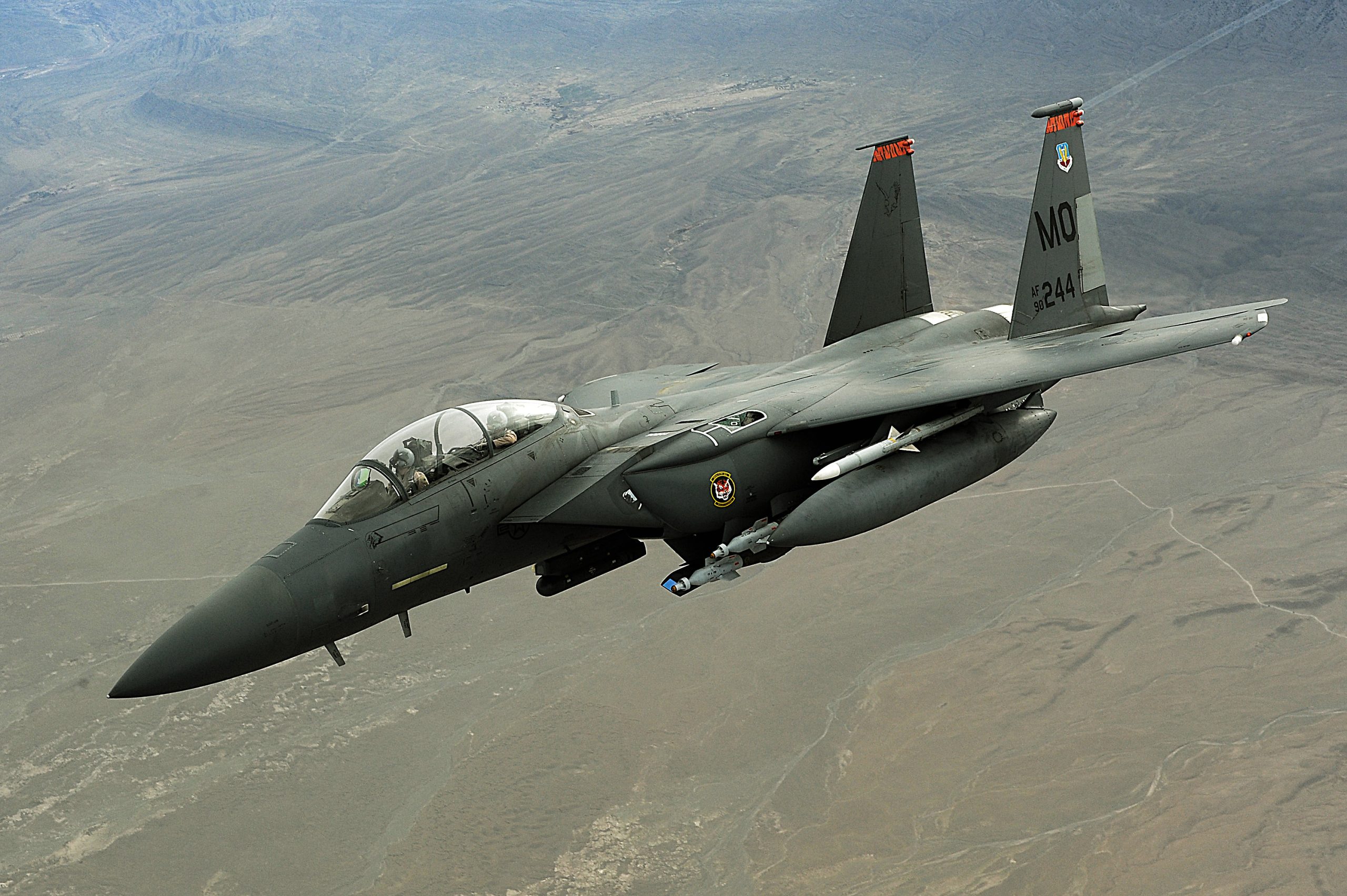
The Air Force’s intent to retire more than half of the Strike Eagles in its inventory has met resistance, particularly given the F-15Es’ recent success in intercepting over 70 Iranian drones threatening Israel.
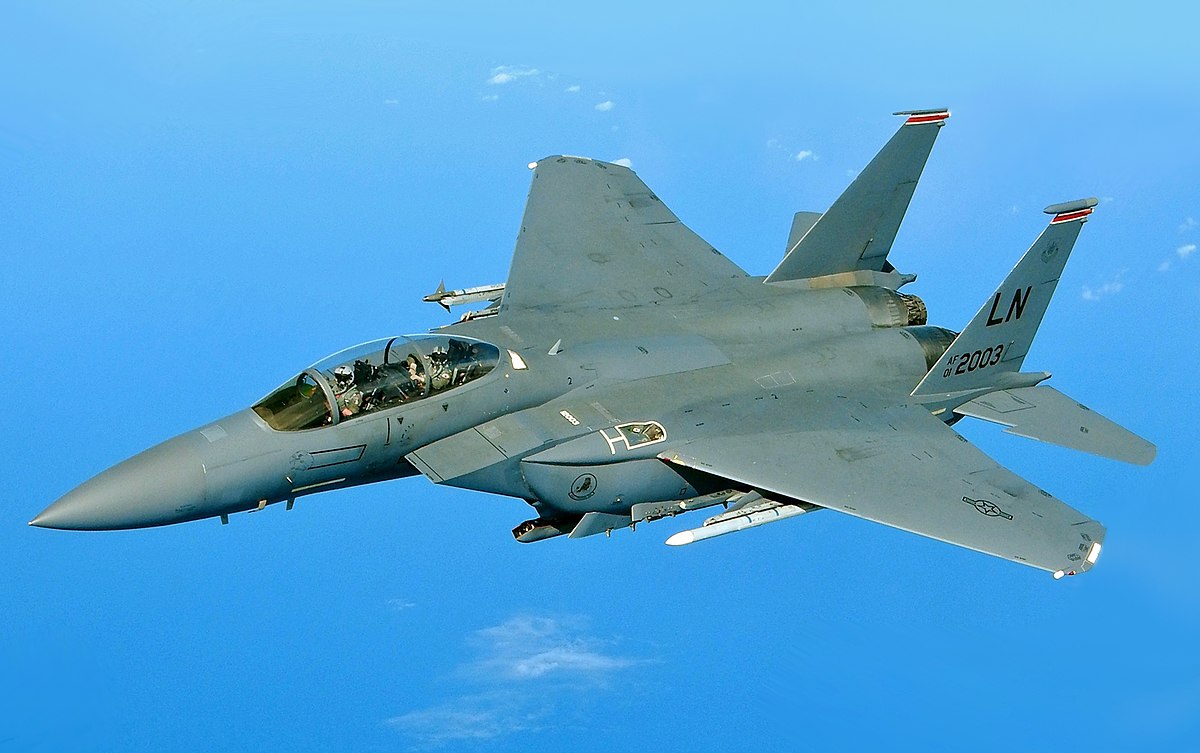
The first F-15EX Eagle IIs will be predominantly used for defensive and offensive counter-air missions, a task they are more than equipped for with their expanded capabilities. The jets’ introduction signals not only a generational leap in technology but also a strategic shift, as the 142nd Wing prepares for a new chapter in aerial warfare.
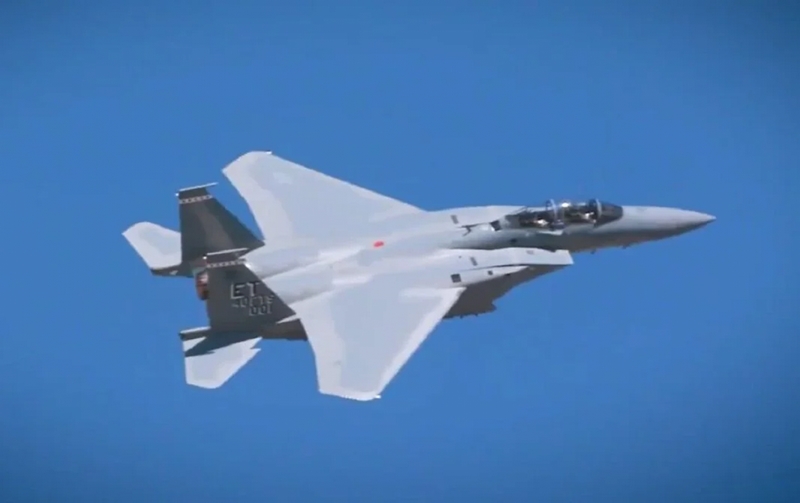
Beyond the technological advancements, the presence of a second cockpit in the F-15EX opens doors for future mission enhancements, including the potential for the aircraft to serve as an airborne controller for drones under the Collaborative Combat Aircraft program. This flexibility in crewing can offer tactical advantages in various scenarios.
